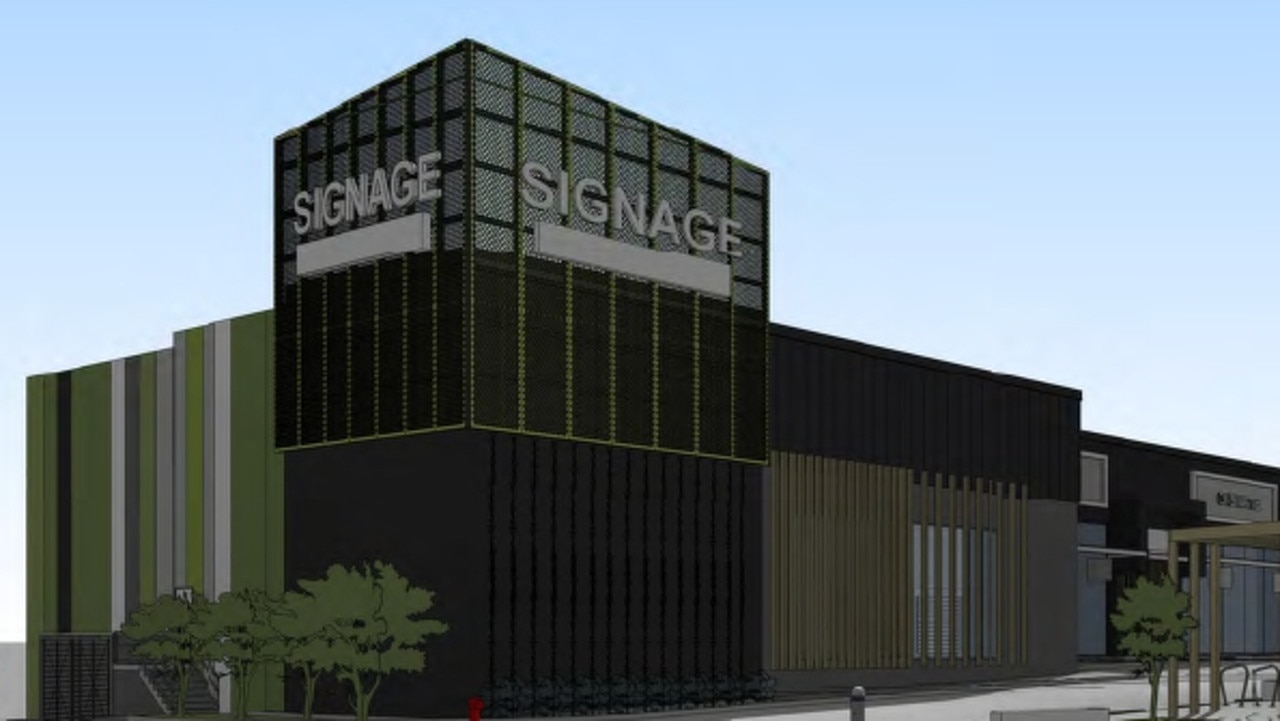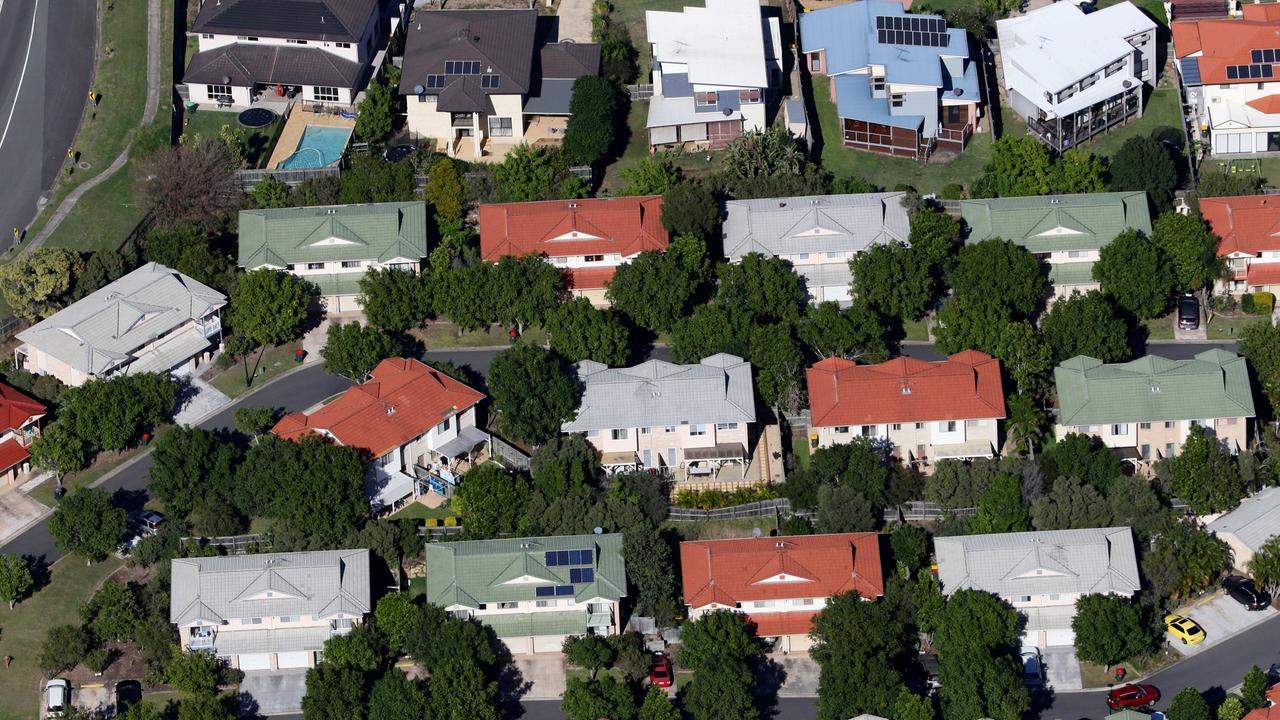Property investor cheat sheet: Best and worst markets revealed
The riskiest markets as well as future hotspots have been mapped, as investors claw back more of the market. SEARCH EVERY SUBURB
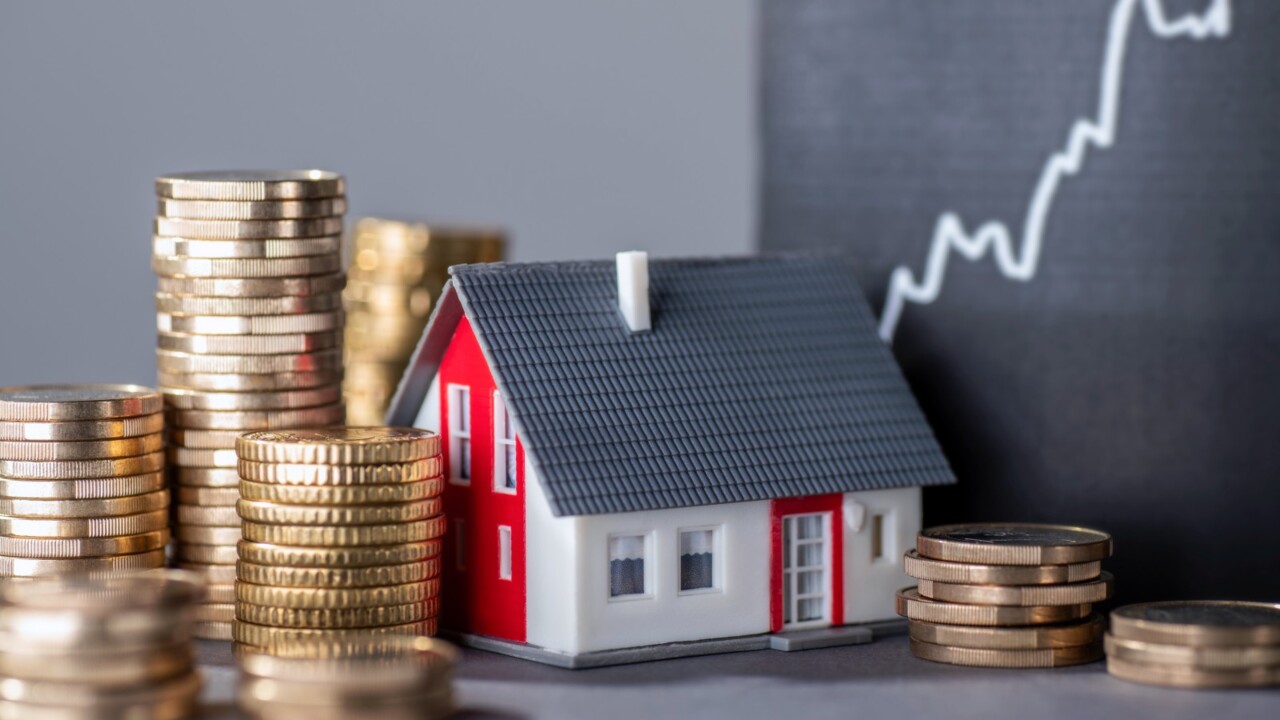
Property
Don't miss out on the headlines from Property. Followed categories will be added to My News.
Investors are clawing back more of the Brisbane market from owner-occupiers as further price growth and a severely undersupplied rental market boost returns.
An exclusive new analysis of CoreLogic data has revealed the safest and riskiest markets to invest in across the city, with the inner and middle-ring suburbs forecast to be top performers and some of the more affordable outlying areas best to avoid.
The data from comparison site Finder found Wooloowin, Kalinga, and Camp Hill are among the safest markets to invest in for house price growth, while Alderley, Nudgee, and Enoggera have the strongest investment credentials for unit returns.
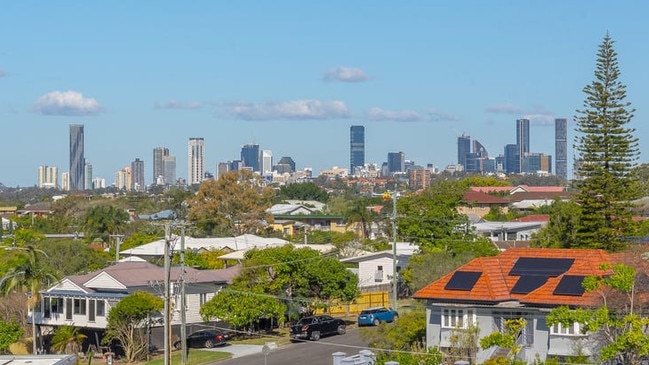
The Finder.com.au Investment Index modelled recent sales patterns, income changes, building approvals, buyer demand and more to reveal future growth stars.
It comes as economists back a new preferred model of higher density development within communities with well-established amenities, in place of increased urban sprawl on the city fringe.
Finder head of consumer research Graham Cooke said investors were taking on more of the market from owner-occupiers, after investor home loans hit a record low of $522m in May 2020.
“However, since the end of 2020, investor lending has skyrocketed,” Mr Cooke said.
In March 2022, investors took out a record $2.5b in home loans, an increase of 68 per cent compared to the previous year.
As of August 2023, the total value of investor loans in Queensland was $1.8b, an increase of 5.4 per cent month-on-month and a decrease of 3.1 per cent year-on-year.
The rolling 3-month average sale price in Brisbane showed a slight increase from $620,500 in May 2022 to $646,500 in July 2023.

MORE NEWS
Tradie brothers triple value on worst house in the street
Pick a home in Ash Barty’s neighbourhood
Housing crisis spurs reno trend adding $200k to value
At the lower end of Finder’s Investment Index were rural areas afflicted by a dwindling population, resulting in a glut of supply and sluggish growth as houses sat on the market for an extended period of time.
Murrumba, Caboonbah and Mount Gibbs were worst ranked for houses.
For units, “the suburbs where there was a higher risk of prices falling tended to be high-rise construction hubs where there was an oversupply of apartments,” Mr Cooke said.

PropTrack senior economist Paul Ryan said latest figures showed investor loans had climbed to 40 per cent of the market total in Queensland, reflecting a national rebound on the back of soaring rental growth.
“Investors are clearly responding to high rents and low rental availability as we have seen investor lending grow over the past year,” Mr Ryan said.
“This is what we expect and it is one of the ways the market will recover from the really tough rental conditions we’ve seen.”

Mr Ryan said the pattern of growth over past decades “may not be matched”, as future development took a different path in response to renewed demand for higher density living.
“Over the longer period we have seen low density regions perform a little better, but the shift we’ve seen in the period past the pandemic is a big snapback in rents for high density property as people have shifted back to the cities.”
Growth centred around the inner and middle ring suburbs was predicted to intensify along with planned infill development, transforming underused or vacant sites within existing urban areas and leveraging existing infrastructure.

“I think the character of these suburbs will change, and I would caution from inferring from the growth patterns of the last 20 years as we have reached a turning point in new development which is matched to amenities and transport links that are already in place,” Mr Ryan said.
Propell Property managing director Michael Pell said market conditions across Queensland remained “extremely strong”, anchored by “very robust buyer demand” across the price spectrum.
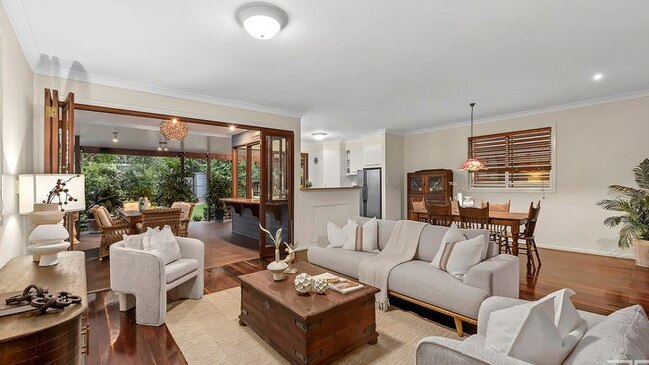
Commenting for Property Investment Professionals of Australia (PIPA)’s national market update, Mr Pell said the rental market remained severely undersupplied.
“Investor activity is very strong from local and interstate investors, who recognise the opportunities to purchase across the state,” Mr Pell said.
“That said, there is still a huge land shortage, and developers are putting their land prices up, and they’re only going to do that if the market is strong.
“So, there is urgency for people to secure properties because the prices are going up.”
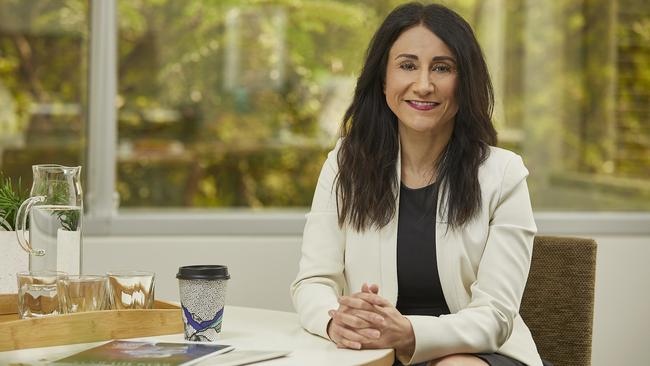
June quarter data from the Real Estate Institute of Queensland (REIQ) shows vacancy remained “tight” in 47 of 50 local government areas and sub regions surveyed, despite the statewide rate lifting slightly to 1 per cent.
“We are not painting a picture of good health in our state when it comes to balancing rental demand with supply, and we know competition is particularly intensified at the highly sought-after, more affordable end of the market,” REIQ CEO Antonia Mercorella said.
“Tight vacancy rates indicate there’s not enough rental properties coming up for rent, possibly due to tightly held leases which are being renewed at the end of the agreement rather than being returned to market.”
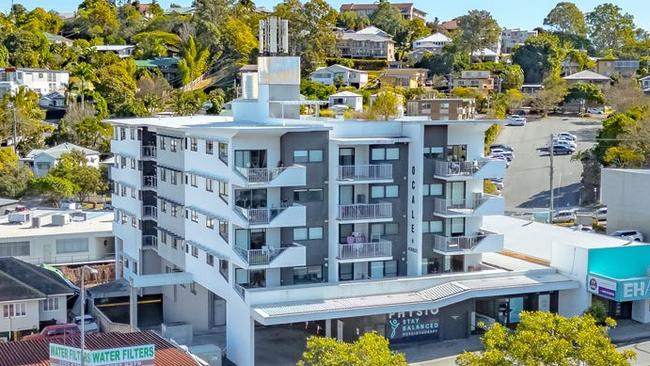
Originally published as Property investor cheat sheet: Best and worst markets revealed

